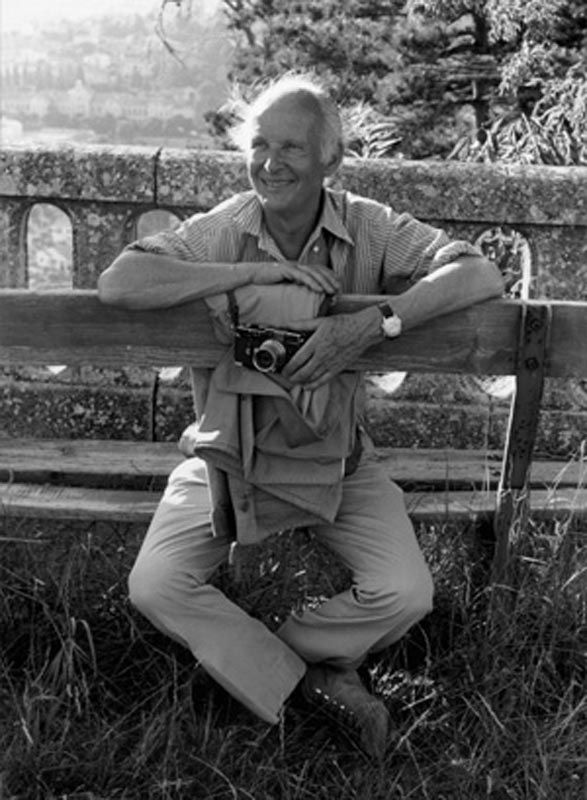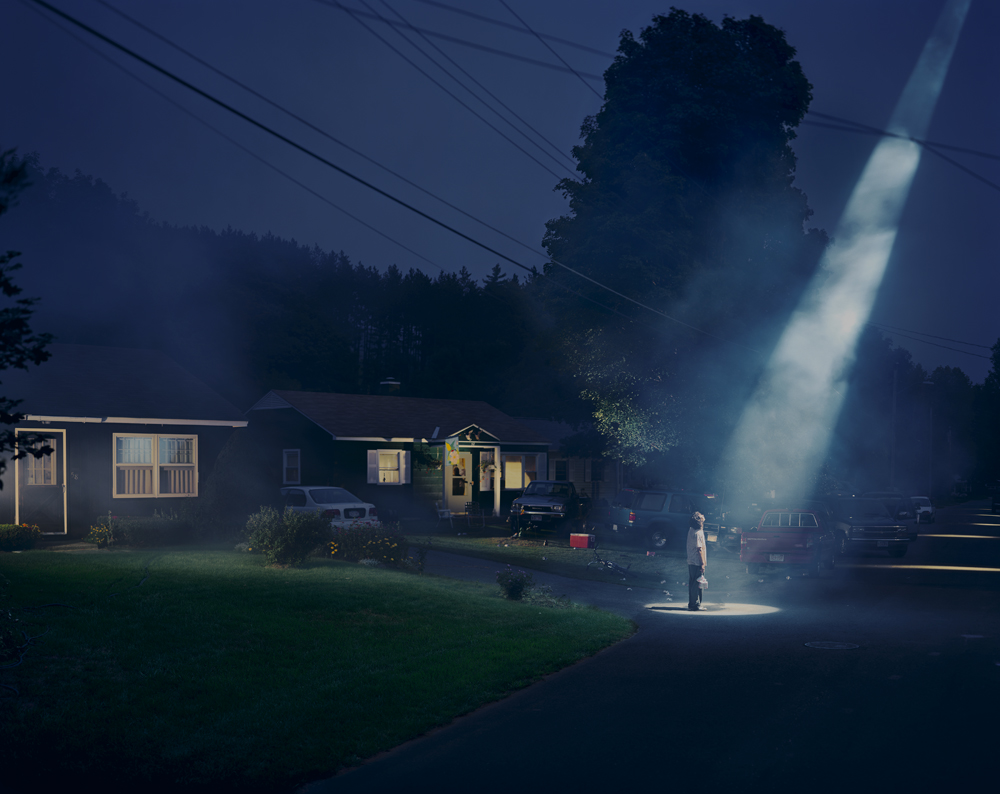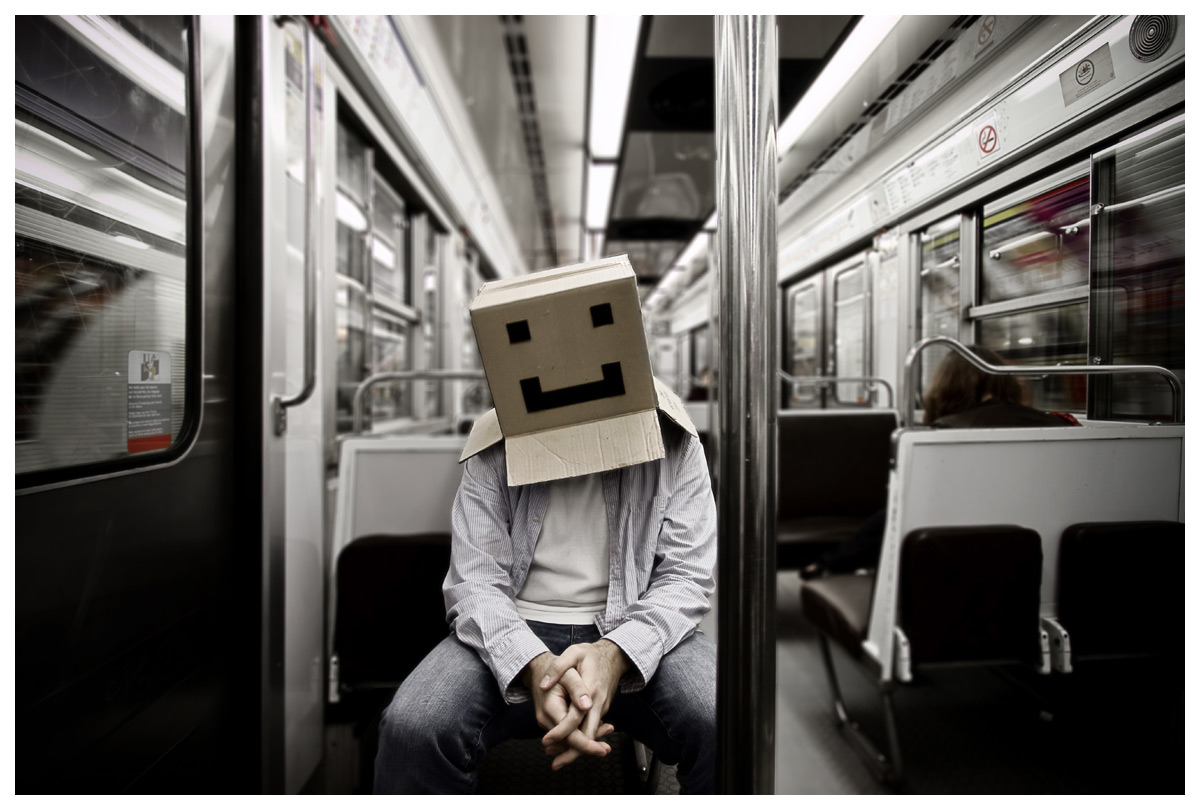Terry Richardson:
Born in New York City, Richardson the son of Norma Kessler, an actress, and Bob Richardson, a fashion photographer. Who struggled with schizophrenia and drug abuse. Raised in Holly wood he attended Nordhoff High School. Deemed in "lacking social skills" he was shy. He played bass quitar in the punk rock band The Invisible Government for six years. He began photography in high school.
Shooting campaigns for Marc Jacobs, Aldo, Supreme, Tom Ford, and Yves Saint Laurent among many others. DOing work for magazines such as Rolling Stone, CQ, Vogue, Anity Fair, Harper's Bazaar, i-D, and Vice.
He has produced several campaigns for Diesel, including the 'Global Warming Ready' which won a silver lion for print at Cannes Lions International Advertising Festival in 2007.
There are several repeating themes in Richardsons work, putting high-profile celebrities in mudane situations and photographing them using traditionally pedestrian methods, such as the use of an instant camera. Exploring the ideas of sexuality, many of his pieces include full-frontal nudity and both simulated and actual sexual acts.He used white backdrops before and he started to expand to more interesting back drops.
Miley Cyrus at Terry Richardson 's studio
This picture is a common picture among most of Terry Ritchardson's work. He likes to create pictures of famous people acting like him, using his iconic glasses. In this image he uses Miley Cyrus to portray himself, as she is the "hype" at the moment.
Terry Richardson-Photographer
This shows off the style of Terry Richardson's work as someone else is playing him in this image as well. Using a bland backdrop as in this image also shows the style of his work.
Barack Obama-Terry Richardson
Another picture showing off his main type of work, most of his work is very simple but put together well. This time the person in the image (Barack Obama) is not playing as Terry Richardson, he is just playing himself.
Picture 1: http://www.highsnobiety.com/files/2013/08/terry-richardson-miley-cyrus-01.jpg
Picture 2: http://bloginhellbecky.files.wordpress.com/2013/04/terry_richardson_chloe_sevigny_06.jpg?w=1118
Picture 3: http://www.highsnobiety.com/files/2012/11/barack-obama-terry-richardson-3.jpg
































